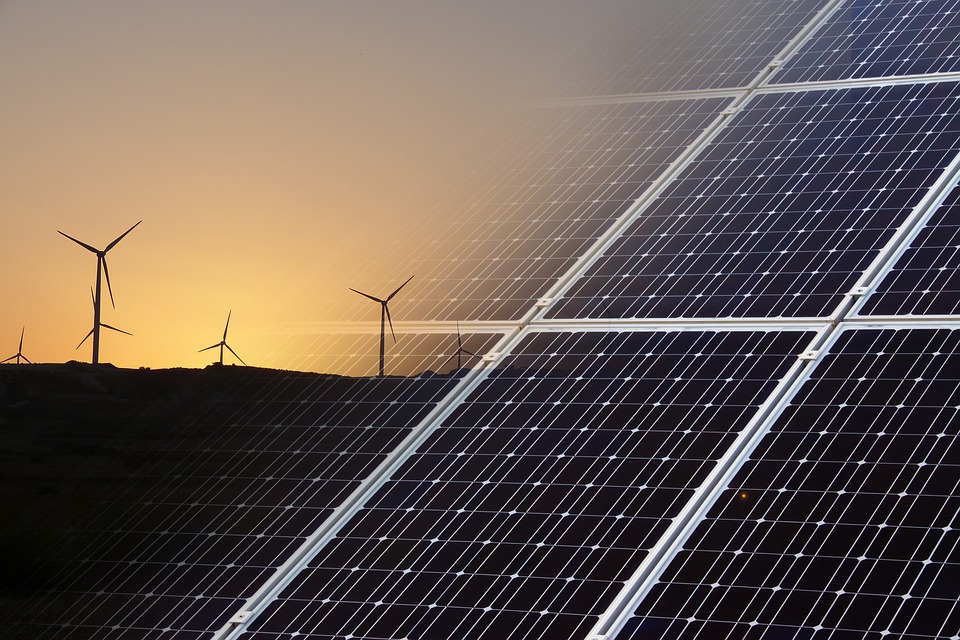Editor’s note: According to new research from MAKE Consulting, technological improvements, economy of scale, and aggressive market competitions continue to deliver on lowering the levelized cost of electricity (LCOE) of renewables. MAKE’s LCOE Research Note examines the evolution of the cost of wind and solar energy, and other forms of power generation in 14 key global markets. Here are some key findings.

According to MAKE Consulting, deployment of the latest generation of blades and advanced O&M practices provide for lower levels of LCOE
The global renewable energy industry has grown significantly since 2010, enabling widespread achievement of cost reductions and lowering the levelized cost of electricity (LCOE) for renewable technologies. Although regional variability in LCOE for wind and solar will persist, the lowering of costs continues to improve the competitiveness of renewable technologies globally relative to fossil fuel-based power generation.
As costs have declined for renewables, the added cost of environmental regulations and declining load factors have reduced the cost effectiveness of fossil fuel technologies despite record low fuel prices.
The LCOE of wind and solar power in the U.S. is very cost competitive. The LCOE for solar in the U.S. on average has dropped to levels achieved for wind due to significant module cost reductions. A low LCOE for wind in the U.S. is due to quality wind resources and advantages of economies of scale in Texas and north to Canada. The deployment of the latest generation of blades and advanced O&M practices allow for lower levels of LCOE.
However, further reductions in LCOE are critical for future development opportunities for wind and solar as federal incentives phase out.
Variability in LCOE exists in other regions of the Americas especially as many markets are still developing. In Mexico, wind and solar, at least the projects awarded at auction that have yet to be built, are cost competitive with gas-fired generation. The cost position in Brazil is much higher than in Mexico due to supply chain dynamics. Moreover, significant currency risk in Brazil has increased the LCOE for wind and solar and may impact it over the long term.
The latest generation of 3-MW+ turbine models positions the German onshore wind energy market well for the auction system of renewables pricing that will replace the feed-in-tariff as part of the energy policy restructuring. The solar market in Germany has experienced several rounds of renewable auctions, and is nearly cost-competitive with wind energy.
In Asia Pacific, the LCOE of onshore wind in China and India will need to be reduced for national targets to be met under evolving market mechanisms. Auctions in India have indicated that CAPEX levels of solar plants that are yet to be grid connected are one of the lowest in the world but higher financing costs due to poor off-taker credit rating partially offset these gains. Declining FIT levels in China will put increasing focus on performance improvement gains to lower LCOE.
LCOE gains in the two Asian powers will be sufficient by 2022 to enable growth of renewables on a strictly market-driven basis.
The European offshore market will experience a significant improvement in LCOE over the next five years due to infrastructure investments in the North Sea, the latest generation of 7-MW+ turbines, and optimization of O&M practices, which is critical to meet recent contracts awarded at auction. Economies of scale have contributed to driving down the LCOE. The LCOE of offshore wind in Europe is expected to converge with other technologies by 2022.
Filed Under: News, O&M




